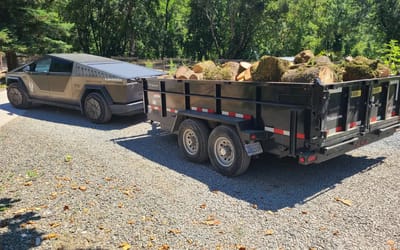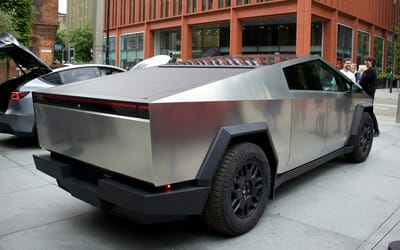Concorde jet floated down the Hudson River after seven-month restoration
- Concorde has been seen floating down the East River on a barge
- Its journey is a return home following months of refurbishment
- Tours of the Manhattan Intrepid Museum’s Concorde resume on 4 April, 2024
Published on Mar 15, 2024 at 3:28 PM (UTC+4)
by Amelia Jean Hershman-Jones
Last updated on Mar 18, 2024 at 1:28 PM (UTC+4)
Edited by
Alessandro Renesis
Concorde has been seen floating down East River on a barge after months of refurbishment.
The retired former British Airways airliner was heading to its home at Manhattan’s Intrepid Museum.
The museum has housed the iconic airliner since 2003, when it first arrived at Pier 86.
READ MORE! Flying-V is the next-gen futuristic aircraft that’s already completed its maiden flight
As the only British Airways Concorde on display in the Northeast, visitors can take-in the unique power of the aircraft and learn more about its fascinating history.
The Concorde has been at the Brooklyn Navy Yard for the refurb since August and made its journey back on Wednesday 13 March.
From Brooklyn, it floated down the Hudson River to Weeks Marine in New Jersey for an overnight stop.
The last leg of its journey took place on Thursday (14 March).
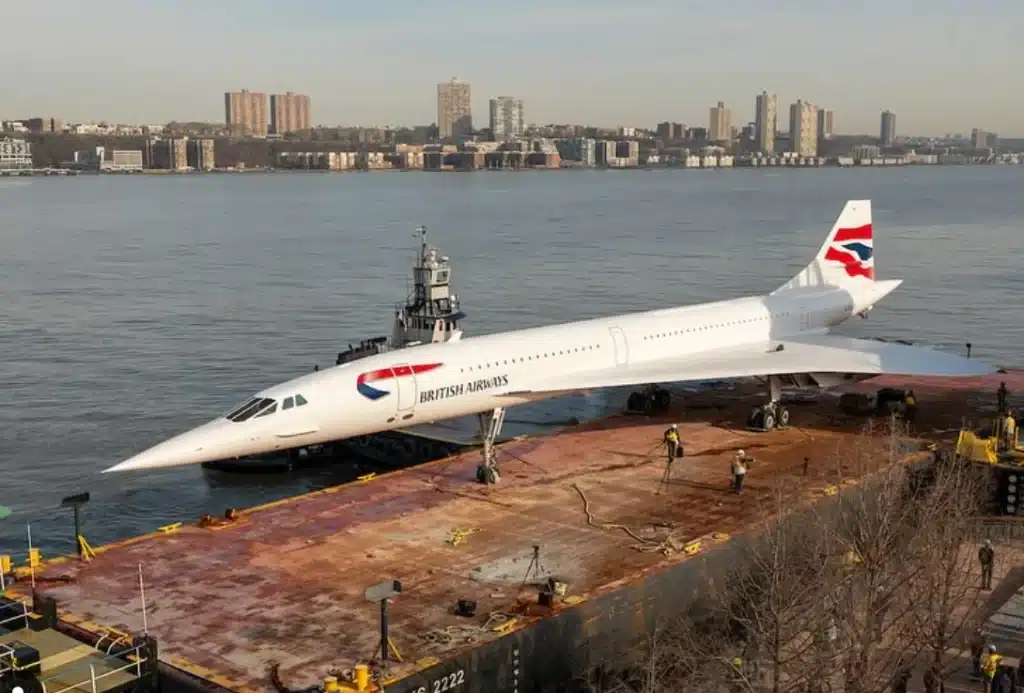
In a display that was watched by excited crowns, it was then lifted by a 300 foot crane to be returned to Pier 86.
“The months-long restoration project included removal of the aircrafts paint coating, sanding, and recoating, using the same colors and markings that made Concorde a true aviation legend,” a statement from the museum, said.
The part of Pier 86 that houses it has also been given a glow-up to mirror the Concorde.
Now: a little history on the exhibit.
“The Concorde is a product of Anglo-French cooperation,” the Intrepid Museum’s website explains.
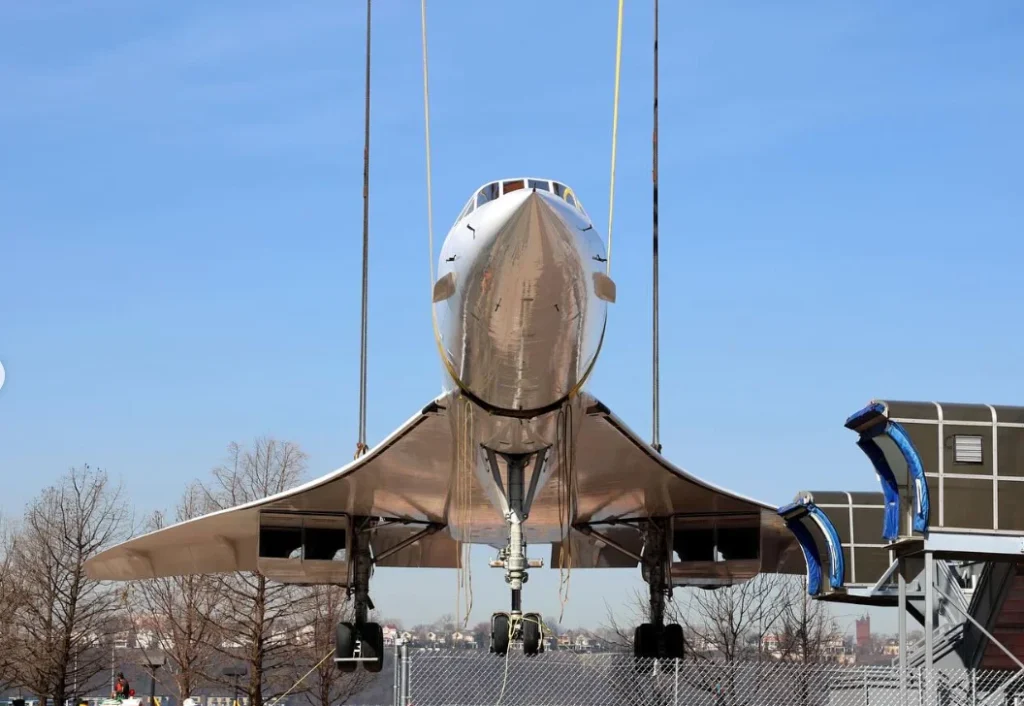
“When the Concorde entered Air France and British Airways’ transatlantic service in 1976, it was the only operational supersonic passenger transport in the world.
“With a crew of nine, the Concorde could fly at 1,350 mph (2,150 kph) at an altitude of 60,000 ft (18,181 m), high enough for its 100 passengers to see the Earth’s curvature.”
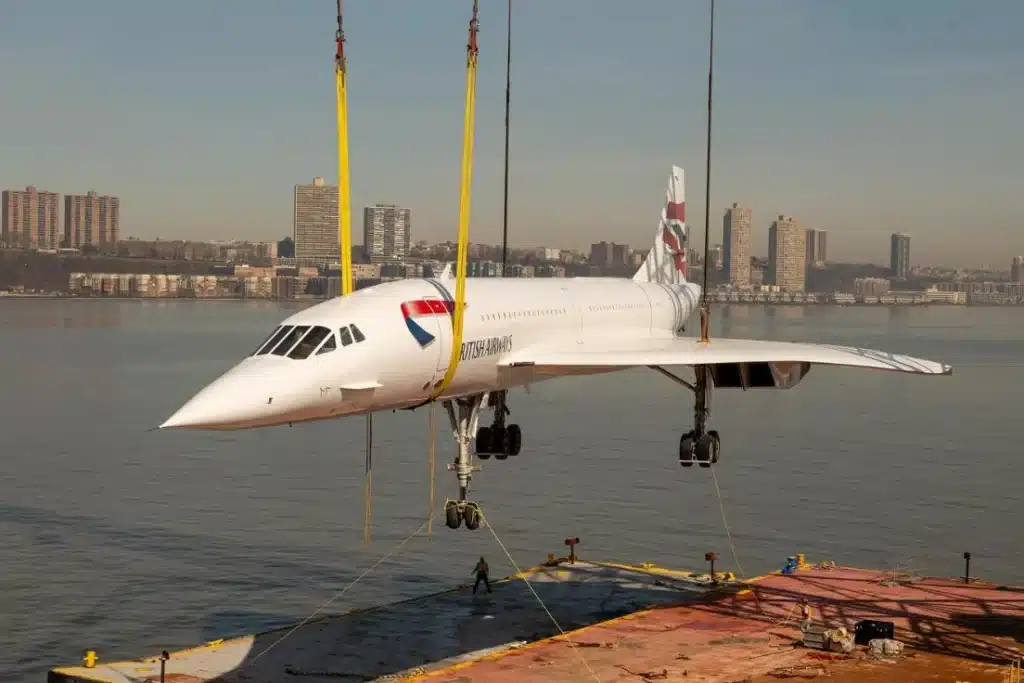
It was developed by scientists from both sides of the English Channel between 1962 and 1969.
Commercial flights began in 1976 and it set multiple records including ‘Westbound Around the World’ and ‘Eastbound Around the World’ world air speed records.
Flights between New York and London were the most popular route with the fastest transatlantic airliner flight being from New York JFK to London Heathrow on 7 February 1996 by the British Airways G-BOAD.
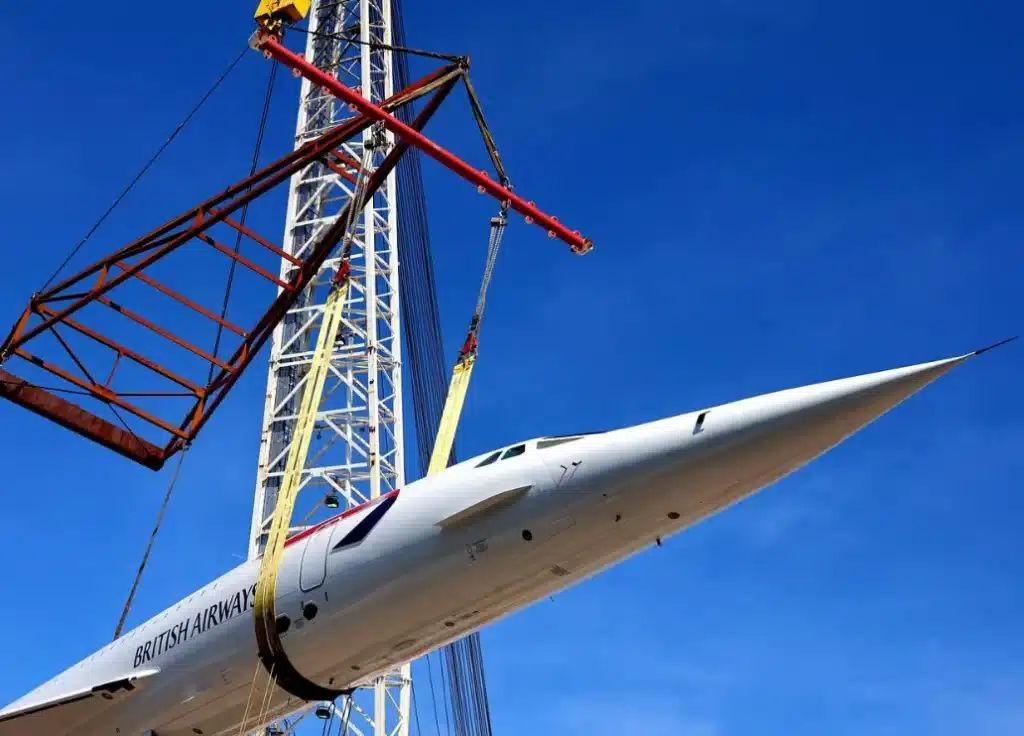
It went tarmac to tarmac in 2 hours, 52 minutes, 59 seconds.
Its developers claimed to have received orders for 350 of the supersonic aircraft, but rising fuel costs meant just 20 of the planes were made.
British Airways and Air France were its primary operators.
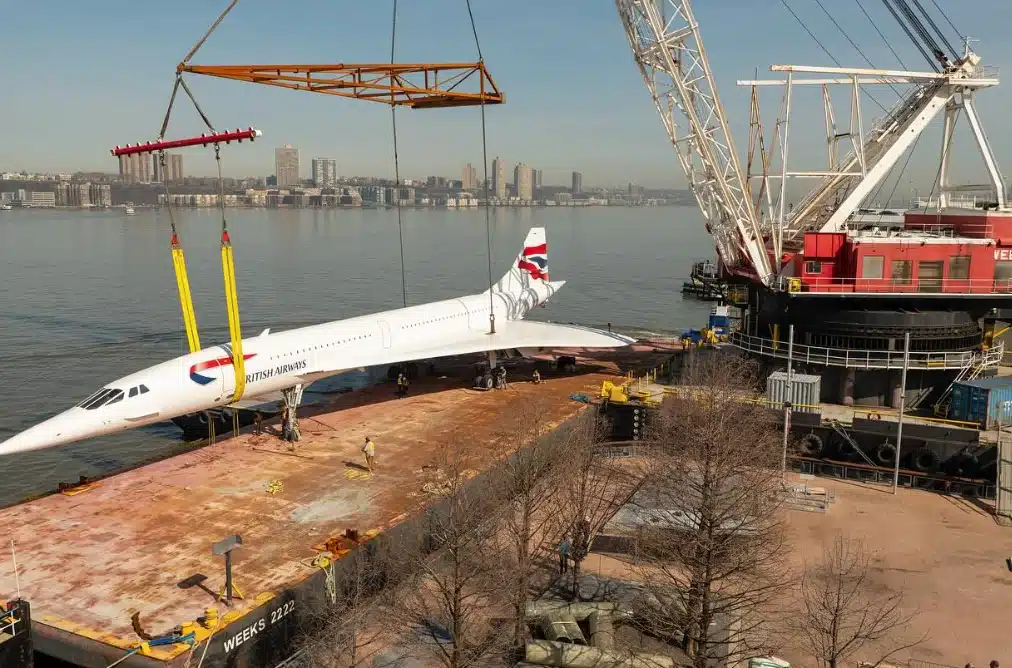
It was banned from going supersonic over many countries because of its sonic boom – something the next-gen of supersonic aircraft, including NASA’s X-59 hopes to nix with its ‘quiet’ technology.
Concorde was taken out of service in 2003 because of exorbitant costs and a crash.
But, recently this commercial plane accidentally hits supersonic speeds over the Atlantic.
Tours of the Manhattan Intrepid Museum’s Concorde resume on 4 April, 2024.
DISCOVER SBX CARS: The global premium car auction platform powered by Supercar Blondie

All Supercar Blondie contributors undergo editorial review and fact-checking to ensure accuracy and authority in automotive journalism. After gaining her BA Hons in French and English at the University of Nottingham, Amelia embarked on a vocational diploma from the National Council for the Training of Journalists (NCTJ). This led to numerous opportunities, from interning at Vogue to being on the small team that launched Women’s Health magazine in the UK, which was named the PPA Consumer magazine of the year for three years running. As Health, Beauty and Fitness editor, Amelia personally received a Johnson & Johnson Award and was shortlisted for both PPA and BSME titles. Since then, Amelia has created content for numerous titles and brands, including the Telegraph, 111 Skin, Waitrose, Red magazine, Stylist, and Elle, as well as being Head of Content at Vitality and Editor in Chief at INLondon magazine. “My superpower is translating technical jargon about the mechanical workings of a supercar into a relatable story you’ll want to share with your friends after you’ve read it.” After joining the SB Media family as a senior journalist in September of 2023, Amelia’s role has evolved to see her heading up the SEO output of the editorial team. From researching the most ‘Google-able’ key terms to producing evergreen content - it’s been a time of hard work, growth, and success for the editorial team and the Supercar Blondie website. “I like to think of myself as a ‘method journalist’. In other words: I live and breathe whatever I am writing about. When writing about fitness, I trained as a personal trainer, and as a beauty editor, I completed an ‘expert’ in scent diploma with the Fragrance Foundation. “During my tenure at Supercar Blondie, however, I did something I never thought possible: I passed my driving test at the age of 36. One day I’d love to train as a mechanic to better understand what happens under the hood, too. “My sweet spot is providing readers with a ‘takeaway’ (read: something new they didn’t know before) after reading every one of my stories. While I don’t claim to be an expert in the automotive world, I know the experts and bodies in the field to rely on to provide our readers with an informative and thought-provoking story every time they visit the site.”
